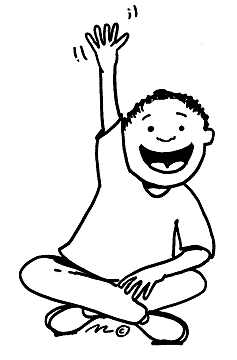
There are many moving Christmas stories. One of my favorites as a child was the story of "The Littlest Angel" written by Charles Tazewell over 60 years ago and still in print because of its simple but beautiful message - love comes from the heart.
Here is a shortened summary of the story from a blog called Hubpages.
The Littlest Angel is a story of the youngest angel in heaven--a little boy who doesn't know how to act angelic. In fact, he acts just like the little boy he was on earth. But in ... [a perfectly] ordered heaven, the littlest angel struggles to find his place. His heart yearns for earth, where his boyish treasures lie. The littlest angel is messy, clumsy, always late, and he sings terribly off key. The other perfect angels in heaven don't quite know what to do with him."However, owing to the regrettable fact that he always forgot to move his wings, the Littlest Angel always fell head over halo!" -The Littlest Angel
Finally the littlest angel is sent to be "disciplined" by the Understanding Angel. The Littlest Angel sits on the lap of the Understanding Angel, and unburdens his troubled little heart, revealing just how homesick he is for earth. The Understanding Angel agrees to retrieve the boy's box of earthly treasures, which contains things that only a little boy could love.
When the birth of a Christ child is announced, all the angels excitedly gather to announce their gifts to the newborn king. The littlest angel only has his box of treasures, kept under his bed. It is all he ever had, and is the perfect gift of innocence. In a moment reminiscent of the story of the widow's mite from the New Testament, the Littlest Angel decides to give his box of treasures to the Christ child.
What gifts were contained in the littlest angel's box? Why was the gift of the littlest angel treasured above those of the three wise men? As with the story of Rudoph the Red Nosed Reindeer, Charles Tazewell creates a suprise ending. Try to imagine how the story might end. What treasures would you place in your box? Is it better to give gifts or to receive them?
We all have something to be grateful for this season. I am grateful for my family first of all, but also for the wonderful opportunity of teaching all of you. Have a wonderful Holiday.
For the answer to the above questions, read about.com's description of the book.



